Dear readers, With the launch of e-newsletter CUHK in Focus, CUHKUPDates has retired and this site will no longer be updated. To stay abreast of the University’s latest news, please go to https://focus.cuhk.edu.hk. Thank you.
What's Bred in the Bone… Comes Out in Wisdom
The scientific innovation of Rocky Tuan
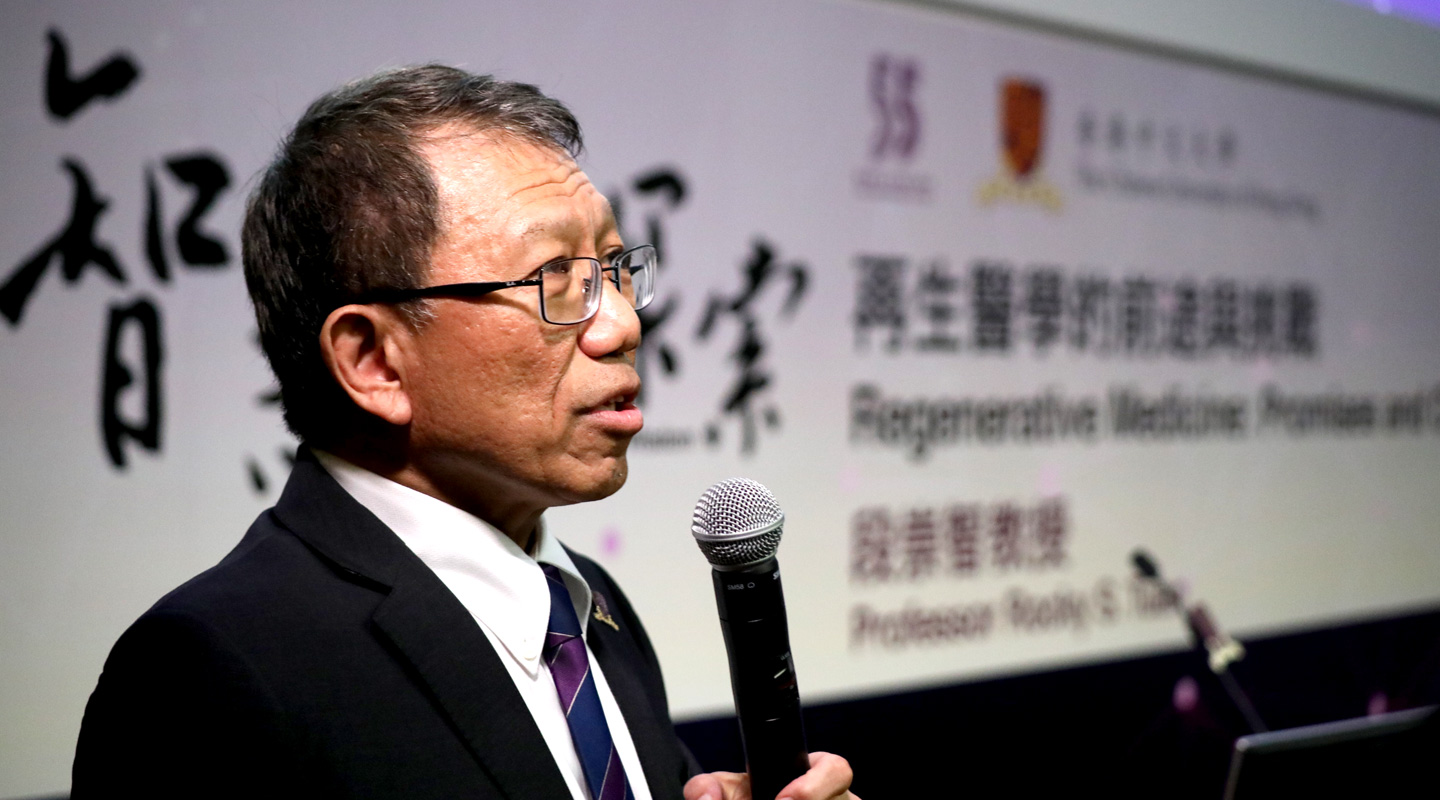
In Greek mythology, the punishment Prometheus gets for stealing fire for humanity is the daily torture of having his liver eaten up by an eagle. A new liver grows back in the next morning so that the torture can repeat for the new day, and the next ad infinitum.
A human organ that regenerates itself exists only in myths. That is, until regenerative medicine came along.
Regenerative medicine is the branch of modern biomedical technology that aims to repair or regenerate diseased or damaged tissues or organs of the human body. It encompasses the development of medical devices or artificial organs, tissue engineering, biomaterials, cellular therapies, and clinical translation.
Prof. Rocky S. Tuan, Vice-Chancellor and President and Lee Quo Wei and Lee Yick Hoi Lun Professor of Tissue Engineering and Regenerative Medicine of CUHK, is a world-renowned biomedical scientist specializing in musculoskeletal biology and tissue regeneration. His seminal work on musculoskeletal tissues has scripted an important chapter in the big book of regenerative medicine.
There are over 200 bones in a human adult. They serve two major functions, namely, weight-bearing and locomotion. The proper functioning of the bones and the joints ensures that human beings can carry on with their daily activities. Bones and joints, however, get damaged through injuries or degenerate with age, and the process is irreversible. Take osteoarthritis, for example. The disease, which results in the breakdown of the joint cartilage and the underlying bone, affects 10% to 15% of the population over 60. It is estimated that 130 million people worldwide would be affected by osteoarthritis by 2050. And there’s no cure for it.
To mend the damaged joint, like repairing a pothole in the ground which requires concrete or asphalt as the filling material, the first step is to develop the material to replace the lost or damaged cartilage. In this case, the first raw material is human stem cells which can be found in many parts of the human body, such as bone marrow, fat tissue, muscle, placenta, and even baby teeth. Stem cells represent an ideal regenerative material because they have self-renewing power and the potential, when planted in a new tissue environment, to develop into cells that display the properties or functions relevant in that tissue. It is preferable that the stem cells for regenerative application come from the same person who is in need of a repaired or renewed tissue.
Second, a scaffold or matrix is needed as a carrier for the cells to grow and develop into a reparative tissue. Professor Tuan has pioneered two types of such biomimetic scaffold. The first is electrospun nanofibers which are made by spraying a polymer solution, consisting of FDA-approved resorbable biomaterials, in a high electric field, to produce noodle-like threads, though with nano-scale dimensions. The stem cells are then seeded into a scaffold of such nanofibers. The cells would cling to and interact with this nanofibrous biomaterial scaffold, developing into an engineered tissue. (Picture 1)
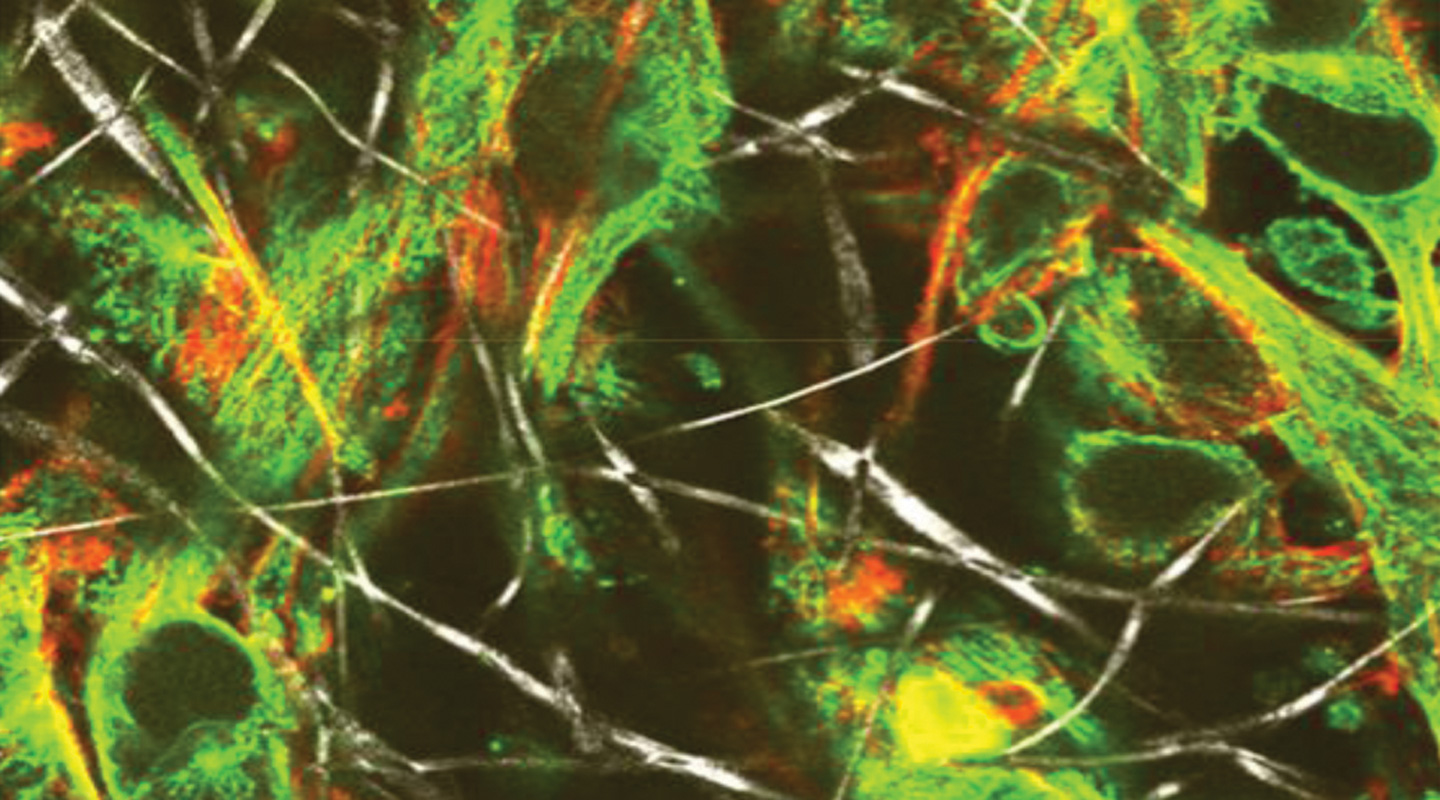
The second method is to seed the stem cells into a polymer solution that can be crosslinked with light to produce a hydrogel structure with the use of Projection Stereolithography (PSL) 3D printing technique. This method has the advantage that the cells are readily embedded inside the hydrogel structures which may be custom-fabricated to different shape and size. (Picture 2)
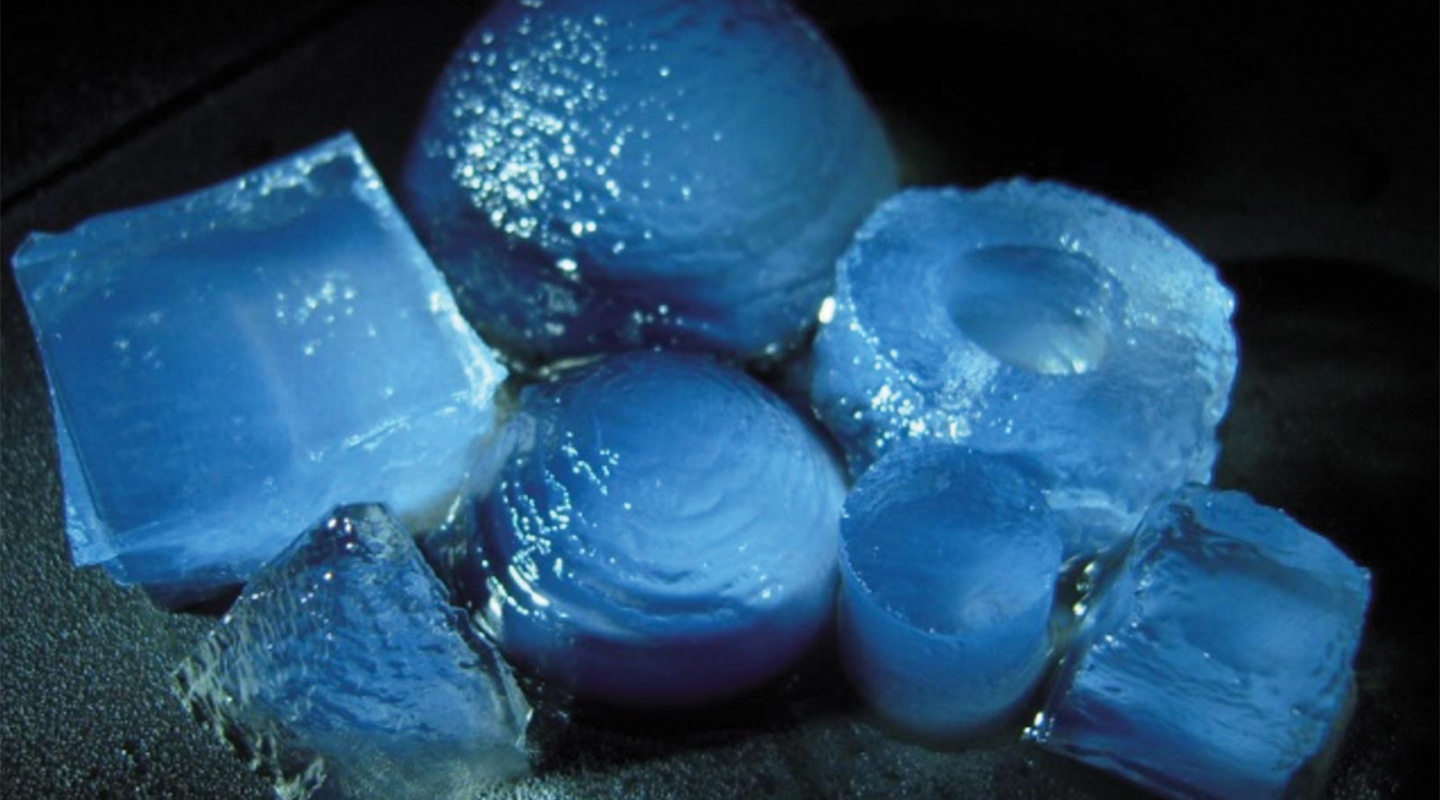
Lastly, the stem cell-seeded scaffold is placed in a bioreactor, much like an oven or incubator, into which nutrients are fed to simulate the inside of a living organism. The substance incubated in a horizontal axis rotating bioreactor (Picture 3) for seven weeks results in a tissue structure (Picture 4) that resembles natural joint cartilage, with 75% of its hardness.
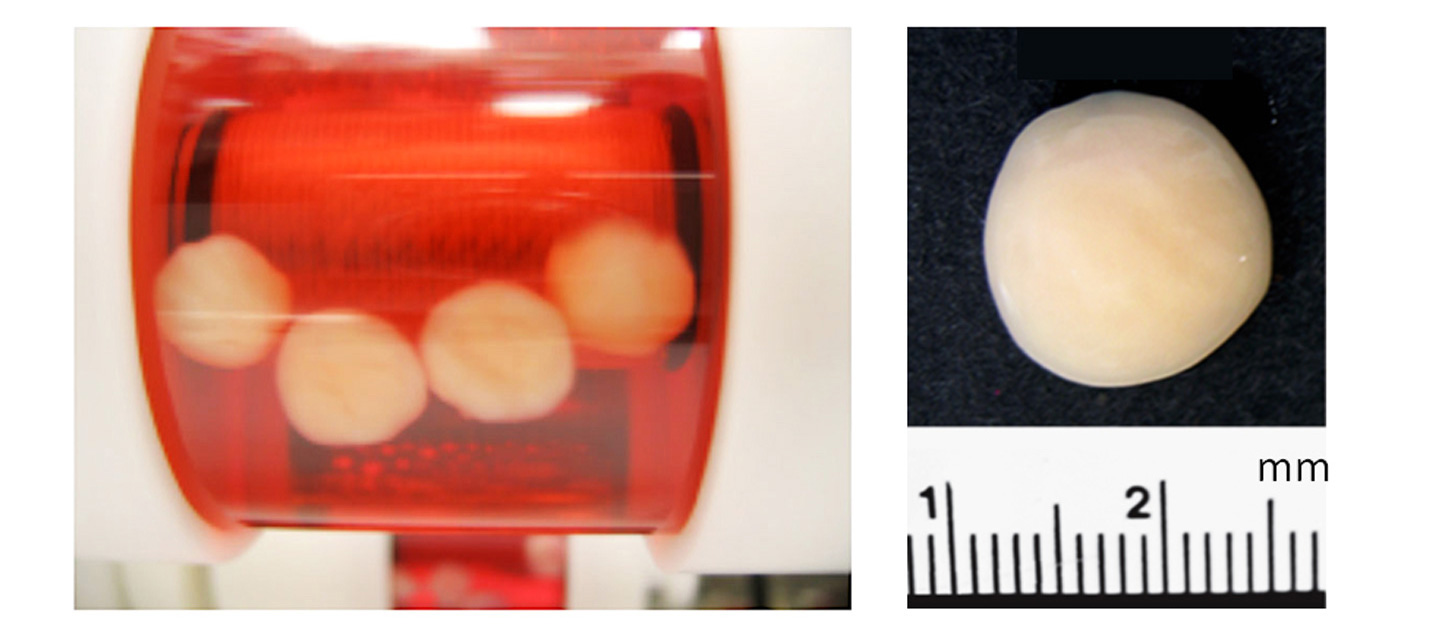
The replacement cartilage thus engineered has been successfully tested on animals such as rabbits, pigs, goats. To further exploit the technology and extend its application on human beings, Professor Tuan has developed the first ‘microJoint’, a 3D replica of the human joint using a microbioreactor platform (Picture 5) to cultivate multiple tissues that make up the joint, which can be used to study and screen for potential therapeutic agents for osteoarthritis. This approach significantly enhances the future prospect of identifying and developing drugs and treatment for osteoarthritis.
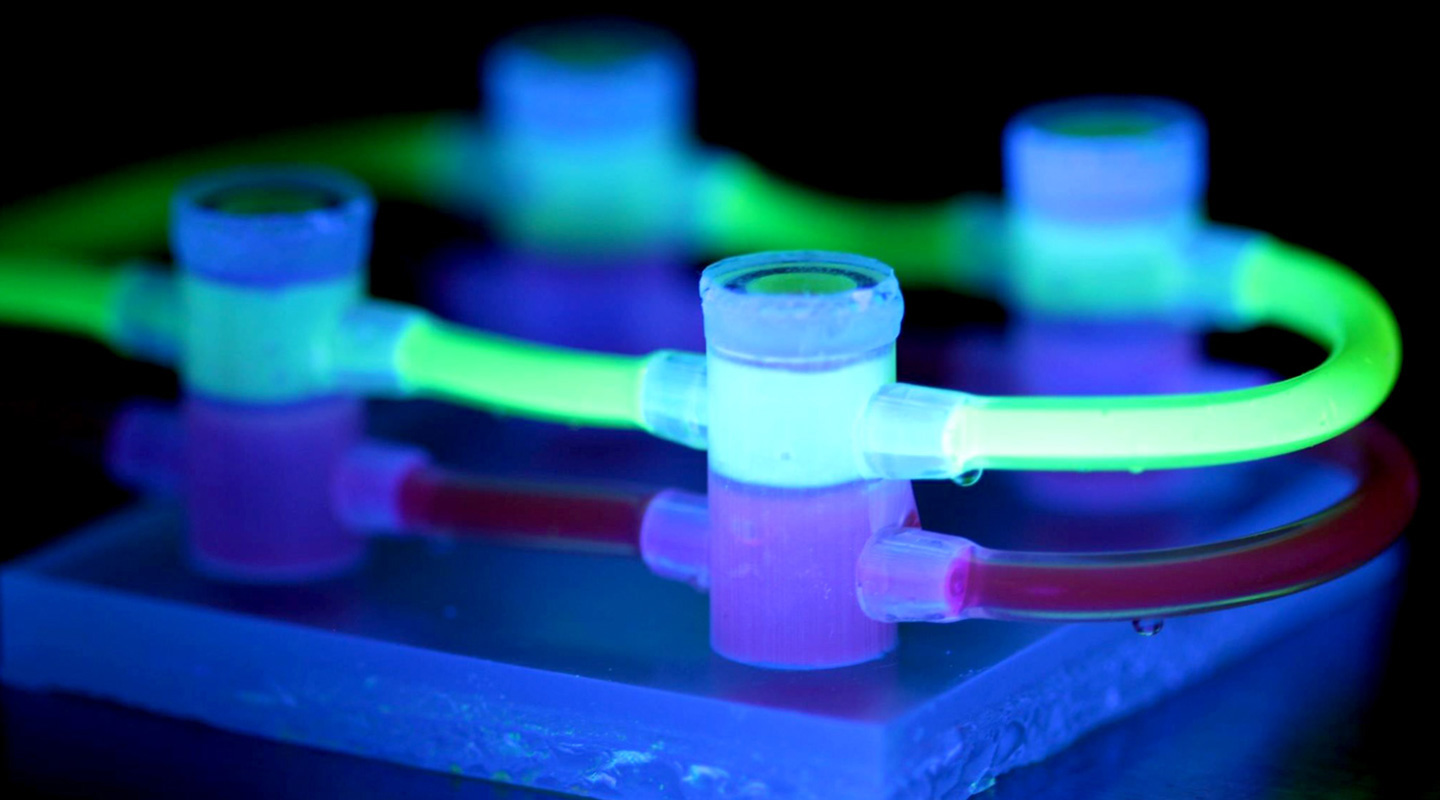
Professor Tuan's interest in the bone dates back to his doctoral student days when he observed that while the contents of a chicken egg appear to be all softness and no bone, the chicken that hatches has a fully developed and calcified skeletal frame! The young Tuan was intrigued by the question: how could something seemingly come of nothing? He did his PhD dissertation on this problem and found that the calcium for the bone of the chicken is derived from the eggshell and is mobilized by a cellular structure lining the inside of the eggshell called the chlorioallantoic membrane. This is elegantly demonstrated by incubating a chicken embryo inside a plastic sac in the absence of the eggshell. The ‘shell-less’ chicken shows serious calcium deficiency and skeletal malformations and signs of embryonic rickets.
Under Professor Tuan’s leadership, stem cell and regeneration research at CUHK has combined and leveraged on a number of Faculties and disciplines. Professor Tuan’s scientific innovation may prompt the mythical Sphinx to rephrase her riddle: what is the creature that walks with four legs in the morning, two at the noon-time, and still TWO in the evening?
T.C.
CUHK 55th Anniversary ‘The Pursuit of Wisdom’ Public Lecture Series
To celebrate the 55th anniversary of CUHK, the University launches ‘The Pursuit of Wisdom’ Public Lecture Series which amasses the wisdom, strength and distinction of CUHK experts from across different disciplines and disseminates these in the community. Held at Lecture Theatre One of Cheng Yu Tung Building, the eight lectures encompass translational medicine, artificial intelligence, food supply and sustainable agriculture, physics and the universe as well as history and psychology.
The lecture delivered by Vice-Chancellor Prof. Rocky S. Tuan on 11 January titled ‘Regenerative Medicine: Promises and Challenges’ was the first in the series. Details of the remaining lectures are as follows:
|
Date |
Speaker |
Topic |
|
15.2.2019 |
Prof. Dennis Lo |
The Joys and Challenges of Scientific Research |
|
1.4.2019 |
Prof. Lam Hon-ming |
Soybean Research: A Journey from Laboratory to Field |
|
24.5.2019 |
Prof. Chu Ming-chung |
Beautiful Asymmetries in the Universe |
|
3.6.2019 |
Prof. Helen Meng |
Artificial Intelligence for Speaking and Listening for Learning and Well-being |
|
9.9.2019 |
Prof. David Faure |
Filial Piety and Business Enterprise: Why is Filial Piety Good for Business ? |
|
23.9.2019 |
Prof. Chiu Chi-yue |
Mindset and Success: The Psychology of a Flourished Life |
|
14.10.2019 |
Prof. Tony Mok |
To be announced |
This article was originally published in No. 531, Newsletter in Jan 2019.